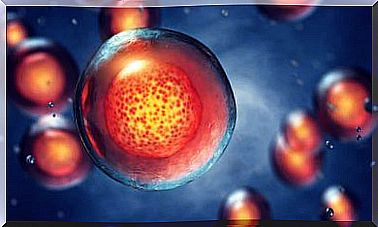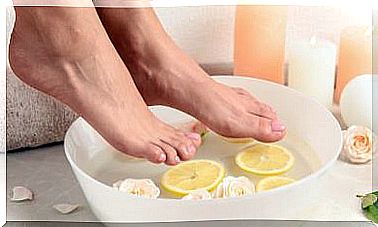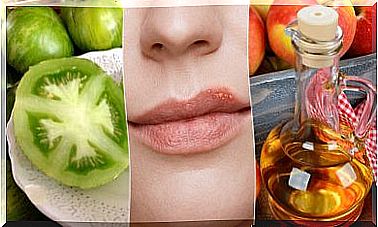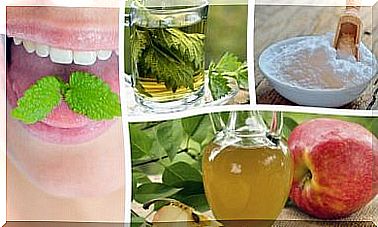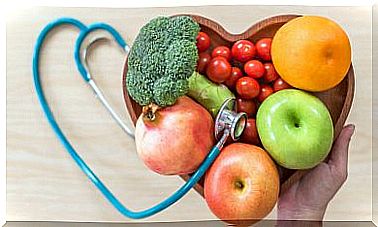Dental Retainers: When Are They Needed?
By removing braces or orthodontics that have been in use, patients may believe that the treatment is complete. But in reality there is a very important phase missing in which dental retainers are used.
It involves the placement of devices that maintain the position of the teeth that was achieved during orthodontic treatment, until the body adapts to this new alignment. Below we discuss why it is necessary to use them, the different types of dental retainers that exist and how they should be maintained.
Why are retainers necessary?
Dental retainers are devices that are placed in the mouth of patients when they finish orthodontic treatment. They are necessary in all those who have the appliances removed.
At the end of orthodontic treatment, the teeth have a tendency to return to their old position. The retainers serve to keep them fixed in the new location and that the entire process carried out is successful.
In this final phase, the appliances do not exert any movement or force on the teeth; they only keep what has been achieved. Therefore, the patient will experience neither pain nor pressure.
How long should they be used?
As we already mentioned, after the teeth reach the desired position, the supporting tissues of the tooth may not adapt to the new location and may try to return to their previous place. The dental retainer will keep the teeth in the position achieved until the bone and gums become accustomed and adapt to the changes obtained.
Adaptation can take between 12 and 16 months. Retainers must be worn until the process is complete, otherwise orthodontic results will be lost.
The orthodontist will be in charge of indicating the time of use of the dental retainers according to the clinical case. Most of the time wearing them for a year is usually enough, but some treatments may take longer.
At the beginning, as soon as the orthodontics is finished and the dental retainers are started, their use is intensive. The patient must use them most of the day, but as the months go by, their use is reduced to a few hours.

Different types of dental retainers
Dental retainers can be fixed or removable. The choice of one type or the other is made by the patient in conjunction with the dentist, who will explain the advantages and disadvantages of each and which is the most convenient for that particular case.
The characteristics of each are detailed below.
Fixed retainers
It consists of the application of a fine wire splint that is cemented on the palatal or lingual surfaces of the teeth to immobilize them. In general, it is made from canine to canine, but it can change according to each clinical case.
This retention, being fixed, cannot be removed by the patient. When placed on the internal faces of the dental elements, it is not visible, being a very aesthetic option.
The patient has no problems speaking or eating. At first, until they get used to their presence, they can hurt the tongue from rubbing.
Its use is ideal when you need to keep an open space; for example, for the placement of an implant. It is necessary to pay special attention to oral hygiene in the area, as bacteria or food debris accumulate.
How to maintain and clean fixed retainers
For dental retainers to last longer and fulfill their function, some care is necessary. These are sanitized during the moment of tooth brushing, with the same toothbrush.
The use of dental irrigators that facilitate the removal of bacterial plaque and food debris from the metal splint can complement the cleaning. Regular check-ups with the orthodontist are recommended to make sure that the retainers are working properly.
Removable retainers
As the name implies, the patient can put them on and take them out of the mouth. Although it will be the dentist who indicates the mode and time of use, in general they are used throughout the day for the first months and then it is done for a few hours a day; just to sleep, for example.
It is advisable that the patient take them out to eat. Also that they keep them clean, sanitizing them at least once a day. Their disadvantage is that they can be lost. In addition, its use depends on the constancy and commitment to the treatment.
Removable retainers can be of two types:
- Transparent plates: these are transparent plastic trays that are placed on the teeth. They are aesthetic, although they may need to be replaced from time to time.
- Metal retainers: they are appliances made with a metal arch that fits over the teeth, attached to an acrylic plate that rests on the palate. They can be easily removed, but make speech difficult until the patient becomes accustomed to their presence.

How to maintain removable retainers
Here are some tips to keep these retainers in good condition:
- Take care when removing them: although they are made of resistant material, when putting them on and taking them out they must be treated with care so as not to break them. It is useful to alternate the side from which it is withdrawn to avoid always using the same force in the same place.
- Store retainers in rigid boxes: when retainers are removed from the mouth, to eat or at times when the orthodontist indicates not to use them, the ideal is to always put them in their box. This prevents them from breaking and getting lost.
- Clean them every time they are removed: when removing the retainers from the mouth, they must be washed with water, a soft brush and neutral soap. You should not use toothpaste or rinses, as they have abrasive substances that take away the transparency of the material.
- Use additional cleaning: effervescent tablets that are sold in pharmacies to clean these types of devices are very effective. The device must be immersed in a glass of water and a pill must be placed. The action of the bubbles clean it without damaging it, reaching areas that are difficult to access. It is recommended to use them only once a week. Using baking soda or vinegar can also be helpful.
- Attend regular dental check-ups: to make sure that the retainer is working correctly, it is necessary to go for check-ups with the orthodontist on a regular basis. In general, check-ups are usually three, six, and twelve months after the orthodontics has been completed.
Dental retainers to keep you smiling
After performing an orthodontic treatment and having obtained the desired results, maintaining these effects is necessary. Dental retainers serve to help the body adapt to this new position and not return to the previous situation.
It is one more phase of the treatment that should not be skipped for the results to last. Otherwise, the pieces will move and go out of alignment again.
Wearing dental retainers is easy and comfortable. Meeting this final moment of orthodontics allows the patient to maintain the smile they achieved.


